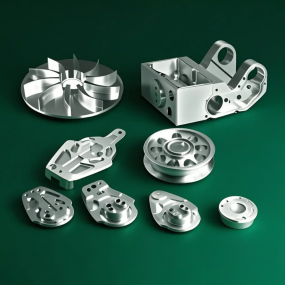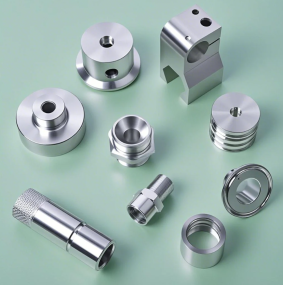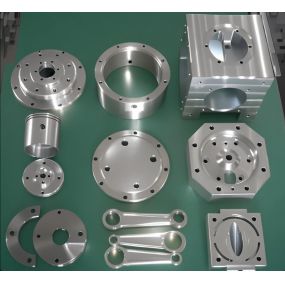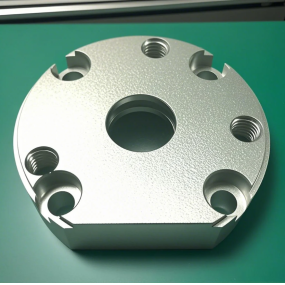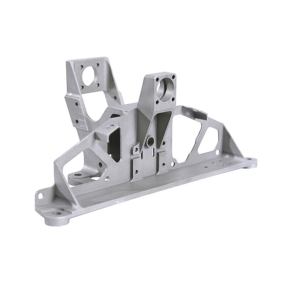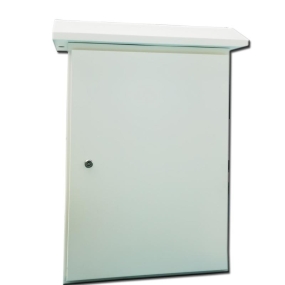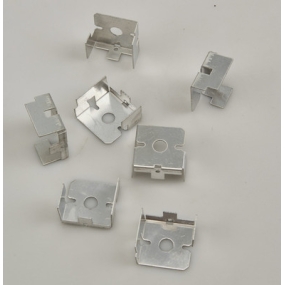Improper heat treatment of non-standard parts can have a significant impact on their important processes, manifested in the following aspects: 1. Product quality: Heat treatment is a key process to improve material properties, and improper heat treatment may lead to surface cracks, pores, deformation, and other defects, thereby reducing product quality and appearance. In addition, the hardness, strength, toughness and other properties of the material may not meet the design requirements due to improper heat treatment, which affects the safety performance of the product. Processing accuracy: The shape, size, and other aspects of non-standard parts are different from standard parts, and the processing process requires higher accuracy and more debugging. Improper heat treatment may lead to uneven stress distribution inside the material, making it easy for the parts to deform during processing and affecting machining accuracy Service life: Improper heat treatment can reduce the fatigue strength and wear resistance of parts, making them susceptible to wear and damage during operation. This may lead to premature failure of the parts and reduce their service life Safety: If non-standard parts are used in critical areas such as car engines, airplane wings, etc., improper heat treatment may cause the parts to fracture or fail under extreme conditions, leading to safety accidents. In order to avoid problems caused by improper heat treatment of non-standard parts, the following measures should be taken: 1. Strictly implement the heat treatment process requirements, control key parameters such as heating temperature, insulation time, cooling rate, etc Choose a reputable heat treatment manufacturer to ensure the quality of heat treatment Strengthen testing and inspection to ensure that the hardness, strength, toughness, and other performance indicators of the parts meet the requirements For complex or critical non-standard parts, detailed heat treatment process analysis and experimental verification should be conducted to ensure that the treatment effect meets the requirements.
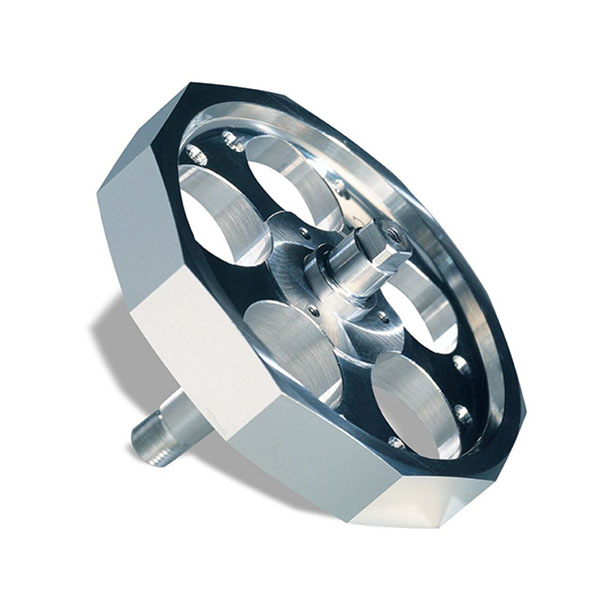


 Spanish
Spanish Arabic
Arabic French
French Portuguese
Portuguese Belarusian
Belarusian Japanese
Japanese Russian
Russian Malay
Malay Icelandic
Icelandic Bulgarian
Bulgarian Azerbaijani
Azerbaijani Estonian
Estonian Irish
Irish Polish
Polish Persian
Persian Boolean
Boolean Danish
Danish German
German Filipino
Filipino Finnish
Finnish Korean
Korean Dutch
Dutch Galician
Galician Catalan
Catalan Czech
Czech Croatian
Croatian Latin
Latin Latvian
Latvian Romanian
Romanian Maltese
Maltese Macedonian
Macedonian Norwegian
Norwegian Swedish
Swedish Serbian
Serbian Slovak
Slovak Slovenian
Slovenian Swahili
Swahili Thai
Thai Turkish
Turkish Welsh
Welsh Urdu
Urdu Ukrainian
Ukrainian Greek
Greek Hungarian
Hungarian Italian
Italian Yiddish
Yiddish Indonesian
Indonesian Vietnamese
Vietnamese Haitian Creole
Haitian Creole Spanish Basque
Spanish Basque

